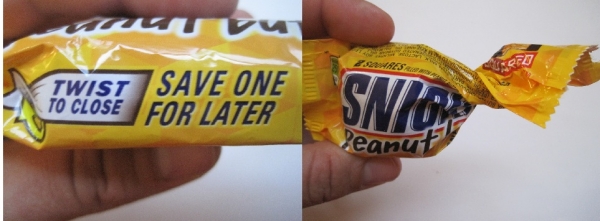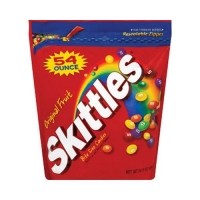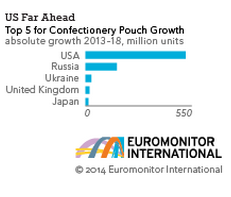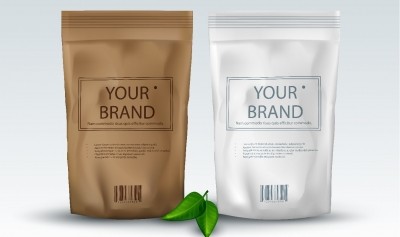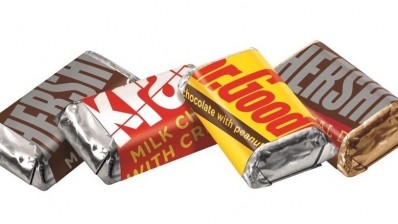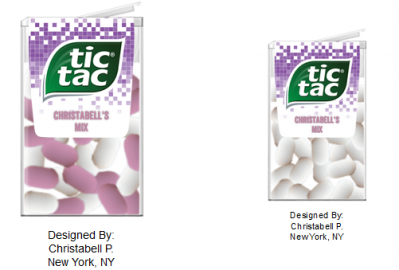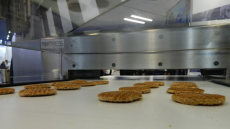Special Edition: Consumer friendly confectionery packaging unwrapped
Getting portion controlled packaging under control

Leading confectioners such as Ferrero and Mondelēz have committed to increasing portion controlled options as consumers become increasingly health conscious and global obesity concerns mount.
Confectionery accounts for 28% of overall flexible packaging in the food industry, according to Euromonitor International, and the bag style has been touted as the ideal format for portion controlled packages.
The rise of portion control
Teresa Tarantino, editor-in-chief of the National Confectioners’ Association publication Candy & Snack Today, told ConfectioneryNews: “A major thing now and something that’s causing most change on the manufacturing side is that everybody wants potion control.”
Ferrero said in its recent corporate social responsibility report that it had introduced increasing numbers of individually-wrapped portion control products to help consumers enjoy treats as part of a healthy lifestyle. Mondelēz last week launched its ‘Call for Well-being’ program in which it pledged to up individually wrapped options of 200 calories or less by 25% by 2020.
Can machine’s cope?
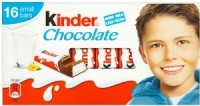
Tarantino suggested that current packaging machines could struggle to cope with individually wrapped pieces inside smaller flexible bags, perhaps forcing companies to make additional investments.
“The equipment that is out there that’s traditionally been able to fill a larger bag, to try that with small bags - packs within packs - is presenting a challenge,” she said.
“It’s presenting a challenge because of speeds and capabilities. It’s one area where the industry is trying to make modifications because consumers want that portion control.”
Steve Forster, executive editor of the NCA’s Candy & Snack Today, added: “Because of the speeds of the machines and the speeds that the machine has to run, there are sometimes technical limitations on what you can do with the product.
“For example, if you want a five flavor selections of say hard candy, it’s very hard to guarantee that you will get at least one of the five flavors in a bag at the speed the fillers are working. In some instances, the retailer has said we’ll do four flavors, because the supplier can’t guarantee all five.”
Single-serve portion control
High profile examples of individually wrapped confectionery in bags include Hershey Simple Pleasures and Kisses, Mars’ Dove Promises and Mondelez’s Toblerone Minis
There are also single serve candy bars with individually wrapped pieces underneath the overwrap such as Ferrero’s Kinder Bueno.
Some manufacturers have overcome the challenge of individually wrapped pieces by inserting a reseal feature for portion control. For example, Mars uses a single film for its Snickers Peanut Butter Squared that can be twisted to reseal a portion of the product rather than individually wrapping the two pieces inside the bar.
Stand up pouches
Many major manufacturers have launched bite-sized versions of popular brands that tap into the trend for portion control. Large numbers of manufacturers are launching such products in flexible stand up pouches.
Euromonitor predicts a significant rise in stand-up pouch packs driven by the US in the coming years. It forecasts 517 million more confectionery pouches will sold in the US between 2013 and 2018 compared to the previous five years.
Karine Dussimon, senior packaging analyst for Euromonitor, said that the flexible format allowed manufacturers and retailers to keep the product affordable for consumers.
“For a type of product which is not considered a staple, brands should look to use packaging that will encourage consumers not to feel guilty about spending on confectionery from a financial perspective but notwithstanding health concerns,” she wrote.
Smaller pack formats
The analyst also noted rising demand for smaller pack size that also cater to portion-conscious consumers.
In India, smaller confectionery pack sizes are already the norm. Toffees, bubble gum, chewing gum and boiled sweets are all regularly purchased as individual items by young consumers in rural areas.
Whereas 71 % of global flexible packaging in confectionery is packaged in under 50 g sizes, 99% of all flexible packaged confectionery sold in India comes in smaller packaging, according to Euromonitor, with 5 g packs the average size.
“Small formats are also increasingly appealing in more mature regions such as Western Europe, where buying less at a time helps consumers to feel less guilty about spending on confectionery while also reflecting better control over calorie intake,” said Dussimon.
